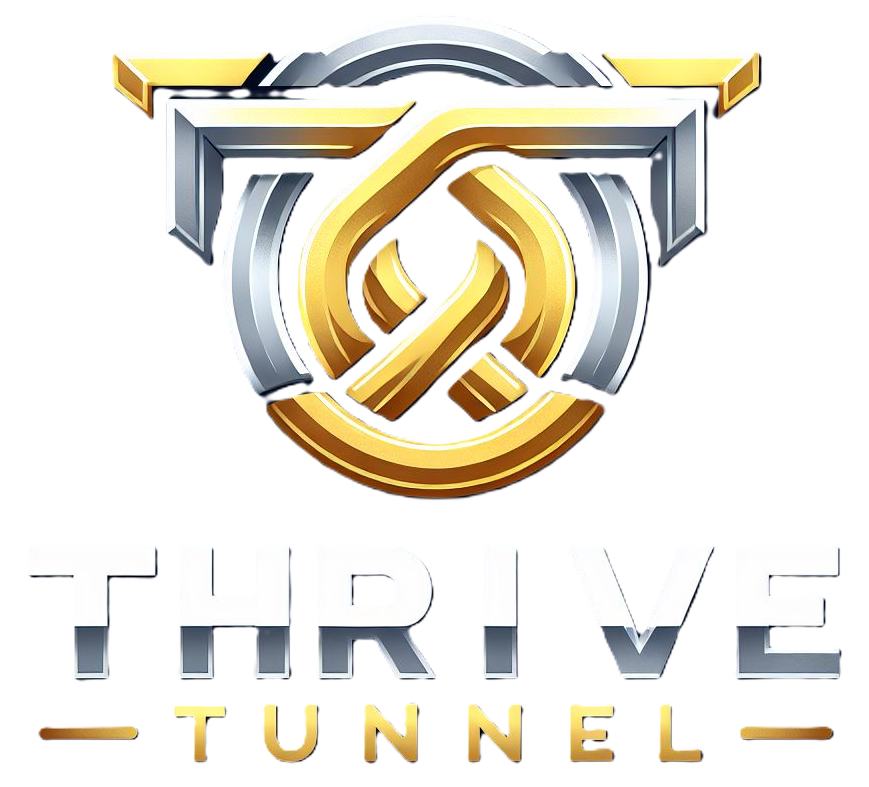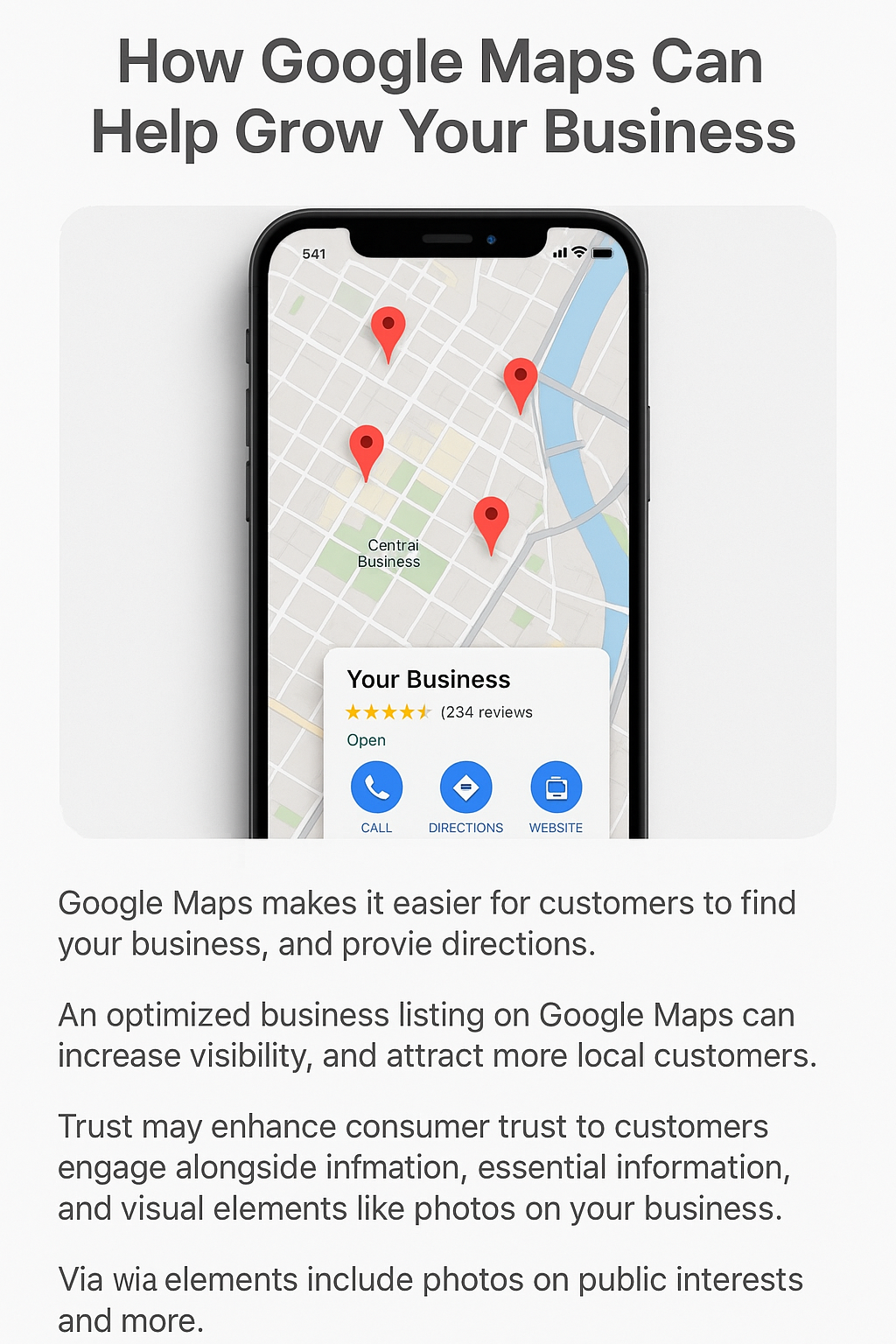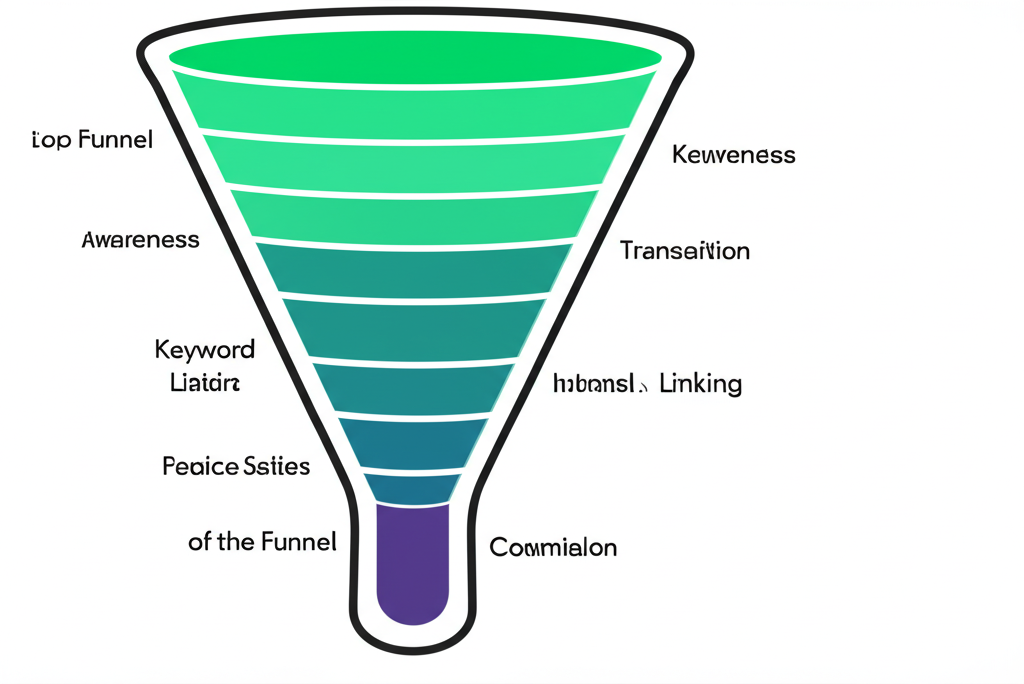Demystifying the Algorithm: How Google Ranks Websites in 2025
Ever wondered how Google magically presents the perfect answer to your search

Ever wondered how Google magically presents the perfect answer to your search query within milliseconds? It's not magic, but a sophisticated and constantly evolving set of algorithms working behind the scenes. In 2025, while the core principles remain, Google's emphasis on user experience, AI-driven content assessment, and trustworthiness is more pronounced than ever.
So, what exactly goes into Google's secret sauce for ranking websites? Let's break down the key ingredients:
1. High-Quality, User-Centric Content: The Undisputed King
At the heart of Google's ranking system is the relentless pursuit of helpful, reliable, and people-first content. This isn't just about keyword stuffing anymore; it's about genuinely answering user queries and providing value.
- Originality and Depth: Google favors content that is unique, original, and goes in-depth to cover a topic comprehensively. Think long-form articles that truly satisfy search intent rather than superficial summaries.
- E-E-A-T (Experience, Expertise, Authoritativeness, Trustworthiness): This principle is more critical than ever. Google wants to see that your content is created by individuals or organizations with demonstrable experience and expertise in the subject matter, making them an authoritative and trustworthy source. Clear authorship and external citations are key.
- Freshness: While not every topic requires daily updates, for time-sensitive information, Google prefers fresh and updated content. Regularly reviewing and enhancing your existing content can significantly boost its ranking potential.
- Content Relevancy and Search Intent: Your content must align precisely with what users are searching for. Google's AI, including systems like RankBrain and BERT, is highly adept at understanding the nuances of language and predicting user intent. If a user is looking for "how to fix a flat tire," they expect a guide, not a product review for tires.
2. Technical SEO: The Foundation of Discoverability
Even the best content won't rank if Google can't find, crawl, and understand it. Technical SEO ensures your website is a well-oiled machine for search engines.
- Website Loading Speed (Core Web Vitals): Speed is paramount. Google has integrated page loading time into its Core Web Vitals, a set of metrics measuring user experience. A fast-loading site, ideally under two seconds, is crucial for both user satisfaction and ranking.
- Mobile-Friendliness: With mobile-first indexing, Google primarily uses the mobile version of your website for ranking. Your site must be responsive and offer an excellent experience on all devices.
- Website Structure and Internal Linking: A logical website structure with clear navigation and effective internal linking helps Google crawlers understand your site's hierarchy and discover all your valuable content. Sitemaps are also essential.
- Website Security (HTTPS): An HTTPS connection (indicated by a padlock in the browser bar) is a non-negotiable ranking factor. It signifies a secure connection, protecting user data and building trust.
3. Backlinks: Votes of Confidence
Backlinks, or inbound links from other websites to yours, act as "votes of confidence" in Google's eyes. They signal that other authoritative sites find your content valuable enough to link to.
- Quality over Quantity: Not all backlinks are created equal. Links from high-authority, reputable websites in your niche carry far more weight than those from low-quality or spammy sites.
- Relevance: Backlinks from websites relevant to your content are more impactful. A link from a leading tech blog to an article about software development will be highly valued.
- Natural Link Acquisition: Google's algorithms are sophisticated enough to detect manipulative link-building schemes. Focus on creating exceptional content that naturally attracts backlinks.
4. User Experience (UX) and Engagement Signals
Google increasingly uses user behavior on your site as a ranking signal. How users interact with your content tells Google a lot about its quality and relevance.
- Dwell Time: How long users spend on your page after clicking from search results. Longer dwell times suggest users found your content helpful and engaging.
- Bounce Rate: The percentage of users who leave your site after viewing only one page. A high bounce rate can indicate that your content isn't meeting user expectations.
- Click-Through Rate (CTR): The percentage of users who click on your listing in the search results. A higher CTR often indicates a compelling title and meta description.
5. AI and Machine Learning: The Future of Ranking
Google's algorithms are continuously refined by artificial intelligence and machine learning, such as RankBrain, BERT, and other evolving models. These AI systems help Google understand the nuances of language, the context of searches, and the quality of content in increasingly sophisticated ways. They learn from user interactions to deliver ever more precise and satisfying results.
In Conclusion: Focus on the User
While Google's ranking factors are complex and constantly evolving, the underlying principle remains steadfast: provide the best possible experience for your users. By creating genuinely valuable, well-structured, technically sound, and user-friendly content, you'll naturally align with Google's ranking goals and increase your chances of appearing at the top of the search results in 2025 and beyond.
Stay informed, adapt to changes, and always put your audience first – that's the ultimate strategy for Google search success.










